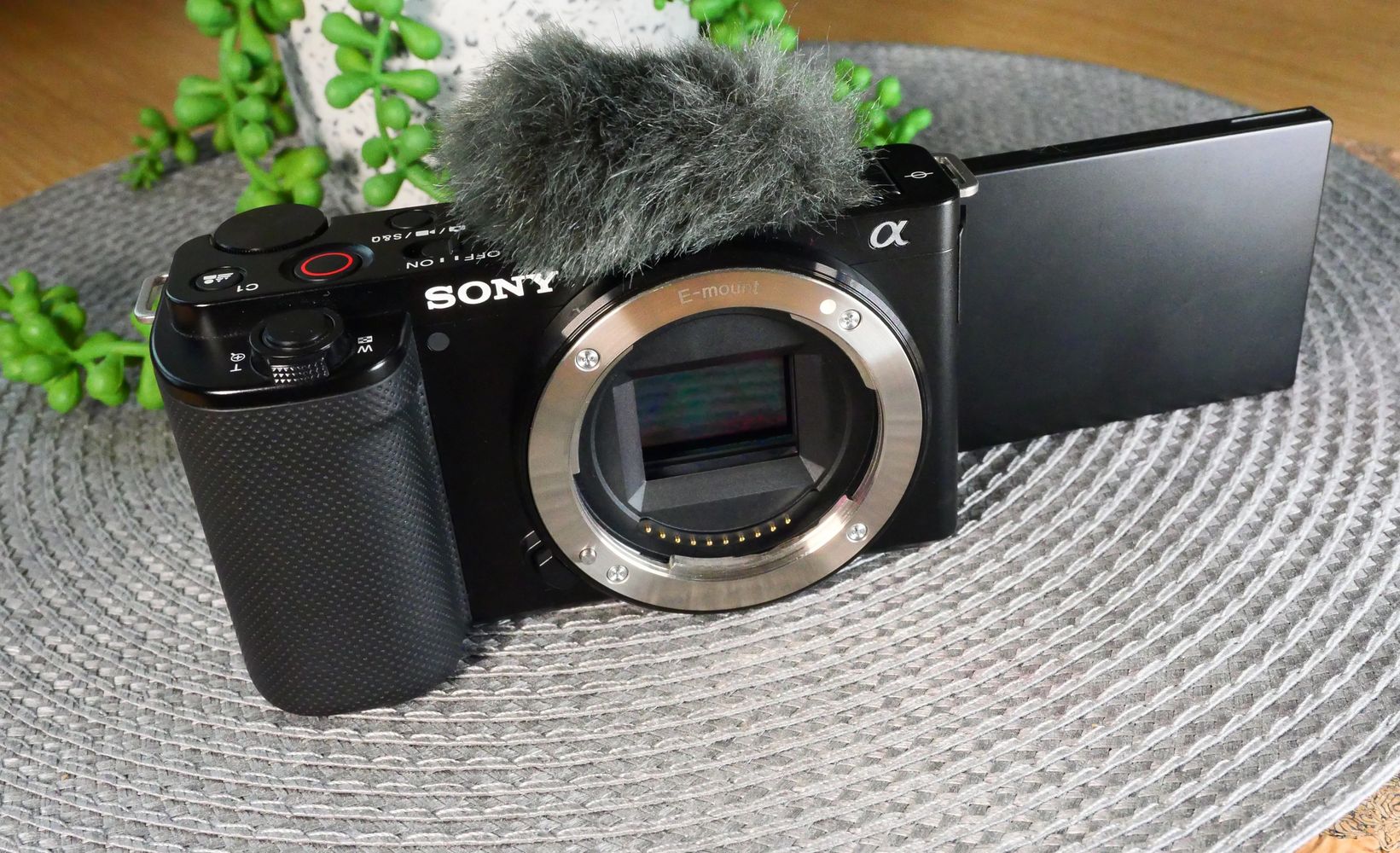
Welcome
A love for cameras and filming
Creating cinematic footage at the best possible price!

Creating cinematic footage at the best possible price!

Our goal is to help all creators maximise their film making potential. Always seeking the best economic route to produce great footage using equipment that has been tested and proven to give results that over exceed the investment made. By concentrating on the basics and a desire to produce the most cinematic results, at the best price, we hope this website and our You Tube channel will provide a source of inspiration for all on this ever evolving journey! A journey to explore the beauty of film making for those who love photography and creating videos.

Constantly looking at new equipment whether it be cameras, studio lighting, lenses, accessories and of course software. We will provide stunning examples of how reasonably priced equipment can yield cinematic results you will be proud of.

A mixture of great value equipment together with years old photography know how, advice on where to invest your money. Lenses and lights being more important than camera bodies. The upcoming videos and content will communicate the quest to produce great footage with that cinematic feel.

Good quality 'fast' glass keeps its value much better than camera bodies that change very frequently. A good quality camera with a tremendous lens will always give better results than an expensive camera with the kit lens.
Good photography and filming is always completely under whelming if there is poor light. Invest in lots of lighting and enjoy the huge difference it will make to your results.
When composing your image make sure consideration is given to everything in the frame. Don't have clutter in your frame. Everything in your frame is there because you put it there.
Always shoot in 24 frames per second and use 1/48 shutter speed (or 1/50th if that is the nearest on your camera) Adjust light with external lighting and ISO.
Use the lowest ISO possible.
Use a large aperture to obtain great depth and bokeh. If you need a greater depth of field reduce aperture size.

Frames per second (FPS) refers to the number of individual frames (images) displayed per second in a video or animation. The higher the FPS, the smoother the motion appears. Common FPS values include 24, 30, and 60, with different frame rates being used depending on the medium (film, video games, etc.).
Why 24 FPS is popular:
This historical and aesthetic connection is why 24 FPS has remained the gold standard for film.

For slow motion, higher frame rates are used to capture more frames per second than normal. When played back at a standard frame rate (like 24 FPS), the action appears slower because there are more frames to stretch out over the same period of time.
For example, if you record at 120 FPS and play it back at 24 FPS, the video will be played at 1/5th of its original speed, making even fast movements appear smooth and slow.
In short, slow motion is achieved by filming at a higher FPS and then playing it back at a normal frame rate, stretching out the action to create the slowed-down effect.

In filmmaking, the shutter speed should be set to twice the frame rate (FPS) to achieve a natural, cinematic motion blur. This principle is based on the 180-degree shutter rule, which is a standard in traditional film production.
This balance ensures that motion in the film looks natural to the audience and stays consistent with the way we normally perceive moving objects. This "twice the frame rate" rule is deeply ingrained in traditional film techniques and continues to be widely used in digital filmmaking.

In filmmaking, the terms iris and aperture both refer to mechanisms that control the amount of light entering the camera and the depth of field (DoF), but they have slightly different uses.

In filmmaking, ISO refers to the sensitivity of your camera's sensor (or film stock, in the case of traditional film) to light. It is one of the three elements in the exposure triangle, alongside shutter speed and aperture, that determines the overall exposure of an image.

Great lighting is absolutely crucial in filmmaking because it affects nearly every aspect of how a scene is perceived by the audience. It sets the mood, emphasizes the story, and can even influence the emotional tone of a scene. Here’s a breakdown of why great lighting is so important:
In filmmaking, lighting is far from just a technical necessity; it's a creative tool that helps shape the story, enhance performances, and guide the audience through the narrative. Great lighting can turn an ordinary scene into something extraordinary, evoke powerful emotions, and give the film a unique visual identity. Whether you're lighting a simple conversation or a grand action sequence, every choice you make with lighting has the potential to elevate the entire film.
Latest firmware update allows Sony a7iv to use the great free Sony 'Monitor & Control app' (ZV-E1 also!)
Sony Monitor and Control app is a gamechanger!
The ultimate youtube camera!
Rode condensor USB mic is just so good!
1/5
Please use the form to contact tipsforfilming. I thank you for your interest, and I will do my best to get back to you as soon as possible!
Sign up to hear about newly released information and please subscribe on youtube (Coming Soon)